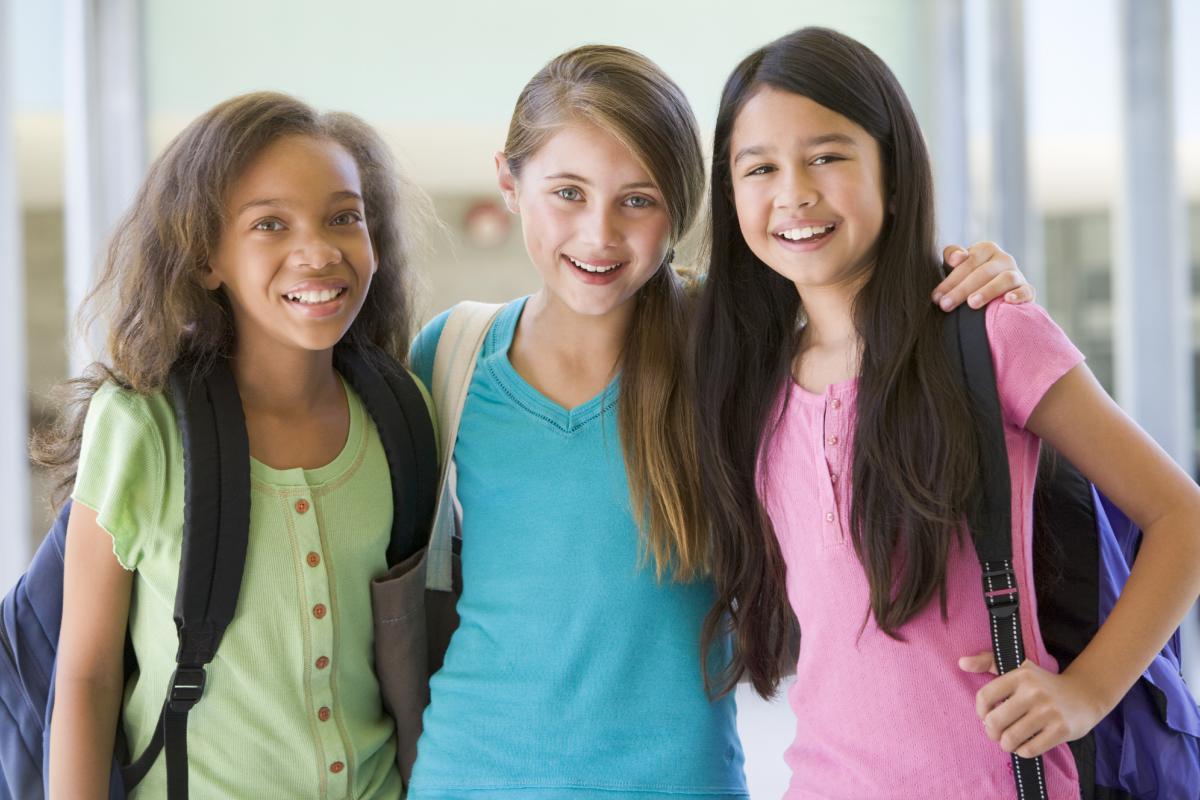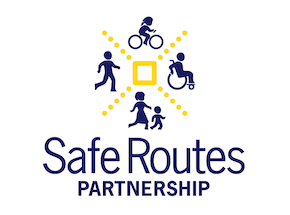 As we are all thinking of getting more physically active this May for National Physical Fitness month, it only makes sense that we look at policies and practices to increase access to opportunities to be more physically active. This brings us to shared use, of course!
As we are all thinking of getting more physically active this May for National Physical Fitness month, it only makes sense that we look at policies and practices to increase access to opportunities to be more physically active. This brings us to shared use, of course!
Resource Library
This resource helps practitioners to implement shared use agreements in their communities.
 Late in the evening of June 9, as part of the House consideration of the transportation appropriations bill, Rep.
Late in the evening of June 9, as part of the House consideration of the transportation appropriations bill, Rep.
This toolkit is a guide for schools and communities interested in establishing a shared use agreement, with checklists, model agreements, and suggested partners and funding opportunities.
This guest blog post was written by our research adviser, Christina Galardi.

First, let’s start with a pop quiz to get your brain working - I’ll give the answers at the end.
This website provides videos of success stories for joint use agreements in rural California.
A new information brief, issued today by the National Center for Safe Routes to School and written by the Safe Routes Partnership, demonstrates how regional transportation planning authorities (or MPOs) can advance Safe Routes to School priorities using the relatively new Transportation Alternatives Program (TAP).
Income Disparities in Street Features that Encourage Walking examines the prevalence of pedestrian-friendly features and amenities on neighborhood streets, including sidewalks, street lighting, traffic calming devices, and marked crosswalks, in communities throughout the U.S.
The House Transportation & Infrastructure Committee has set its consideration of the transportation bill for Thursday, October 22. This is coming in just under the wire, as the current transportation law expires at the end of October. Congress will still have to do an extension of current law to allow the House to complete its work and then come to agreement with the Senate -- hopefully by mid-December. (Update 10/22/15: The committee completed consideration of the Surface Transportation Reauthorization and Reform Act today. An amendment offered by Reps.
This report documents trends in obesity and related health conditions and program and policy strategies to improve nutrition and increase physical activity.
We have been advocating together for three years for a new transportation bill that supports Safe Routes to School, walking and bicycling. Now that Congress has passed the FAST Act and locked in funding for the Transportation Alternatives Program (or as it is now also known the STP Setaside), what should advocates be focusing on?
This document provides a list of resources and steps for conducting a health impact assessment
The City of Pryor Creek, Oklahoma recently became the first city in the state to approve a Complete Streets ordinance with the unanimous approval of Ordinance No. 2016-01.
When we talk about federal transportation dollars in this space, we most often focus on the Transportation Alternatives Program, since it has a strong focus on funding Safe Routes to School programs and bicycling and walking infrastructure.
In 1935, as part of the New Deal, President Franklin Delano Roosevelt’s administration moved 203 Midwestern families from their economically depressed farms to form the Matanuska Colony in what is now Palmer, Alaska. These agricultural families migrated from Minnesota, Wisconsin, and Michigan to the Matanuska-Susitna Valley, approximately 45 miles north of Anchorage, 24 years before Alaska became a state. With 40 acres allocated per family, these farming colonists cultivated the land into what is now the heart of Alaska’s agricultural production.
This blog post is authored by Safe Routes Partnership research advisor, Stephanie Tepperberg.
This report assesses the levels of physical activity and sedentary behaviors in American children and youth, facilitators and barriers for physical activity, and related health outcomes.
 Welcome to my new blog on federal policy!
Welcome to my new blog on federal policy!
 Like a number of my colleagues, I have the privilege of writing my first post as I prepare to travel on work-related business. I am pretty excited about my trip this week. I’m on my way to sunny Southern California for a staff retreat primarily for our new regional policy managers who work full-time on our Regional Network Project—more about them in a paragraph or two.
Like a number of my colleagues, I have the privilege of writing my first post as I prepare to travel on work-related business. I am pretty excited about my trip this week. I’m on my way to sunny Southern California for a staff retreat primarily for our new regional policy managers who work full-time on our Regional Network Project—more about them in a paragraph or two.

